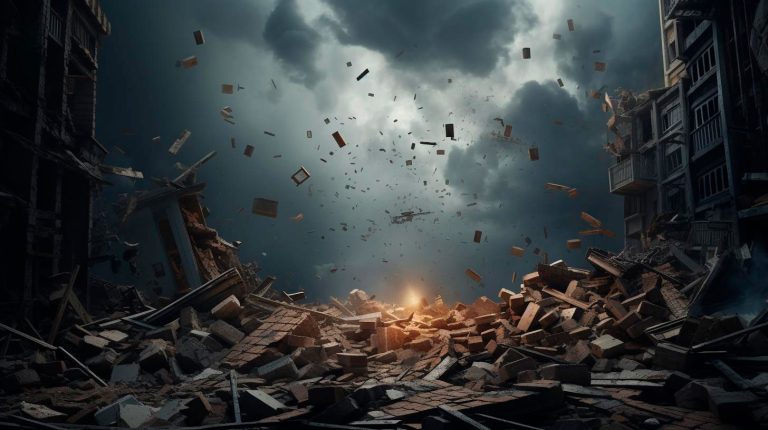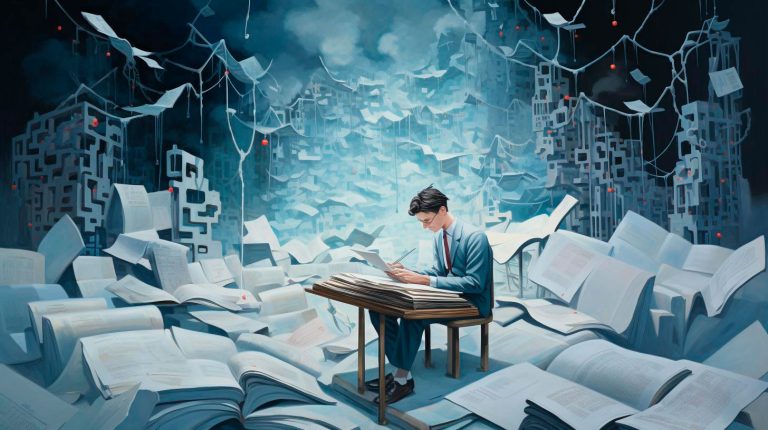In this article, we explore the power of photography in history education and how it can cultivate empathy among students.
The Impact of Photography
Photography has a unique ability to capture a moment in time and convey emotions that may be otherwise difficult to express. In the context of history education, photographs taken during significant events serve as a visual time capsule, providing a window into the past. By examining these photographs, students can immerse themselves in historical narratives, sparking a sense of curiosity and empathy.
Key Takeaways:
- Photography captures emotions and moments in history
- Visual media enhances the learning experience
- Examining historical photographs cultivates empathy
History textbooks often present a distilled version of events, lacking the human element that evokes emotions. However, photography bridges that gap by presenting real faces and stories. For example, when studying World War II, showing students photographs of soldiers on the frontlines or images of families experiencing the effects of war can help them connect with the gravity of the situation. Such visual evidence humanizes historical events, encouraging students to empathize with the people who lived through them.
Advantages of Using Photography in History Education
Integrating photography into history education offers numerous advantages for both students and educators. Let’s delve into some of the key benefits:
Enhanced Engagement:
Visual media, especially photographs, grab students’ attention and stimulate their curiosity. By incorporating images into history lessons, educators can create a more interactive and captivating learning environment. This heightened engagement can lead to increased participation and a better overall understanding of historical events.
Emotional Connection:
Photography triggers an emotional response that mere facts and figures might not achieve. When students view a photograph, they can imagine the emotions experienced by the people captured in those moments. This emotional connection fosters empathy and allows students to put themselves in the shoes of individuals who lived through historical events.
Critical Thinking Skills:
Analyzing historical photographs requires students to think critically and interpret visual information. By examining the composition, context, and details within a photograph, students can develop vital skills such as observation, analysis, and interpretation. These skills are essential for comprehending historical narratives and extracting meaning from visual sources.
Integrating Photography into History Lessons
Now that we understand the significance of photography in history education, how can educators effectively incorporate it into their lessons? Here are some practical ways:
Photo Analysis:
Select historically significant photographs and provide students with a framework to analyze them. Encourage them to examine the visual elements, such as lighting, composition, and perspective, as well as the historical context. Promote class discussions and debates about the emotions, perspectives, and stories behind the photographs.
Creating Photo Essays:
Ask students to research a specific historical event or era and curate a series of photographs that represent different aspects of that time. Students should accompany the photos with written explanations, highlighting the historical significance, and their personal interpretations. This activity not only encourages creativity but also reinforces critical thinking and research skills.
Virtual Field Trips:
Take advantage of technology and organize virtual field trips to historical sites or museums. Provide students with guided tours or access to curated online exhibits that include photographs from the era being studied. This virtual experience can transport students to different time periods, allowing for a more immersive learning experience.
The Road to Empathetic Historians
By integrating photography into history education, educators can foster empathy among students and transform them into empathetic historians. Photography serves as a bridge between the past and the present, connecting students with the experiences of individuals who lived through historical events. Through this connection, students develop a deeper understanding of the human impact of those events and are more likely to retain the knowledge gained.
In conclusion, incorporating photography into history education is a powerful tool for cultivating empathy. By engaging students through visual narratives, educators can create a more immersive and relatable learning experience. The advantages of using photography include enhanced engagement, emotional connection, and the development of critical thinking skills. Through activities such as photo analysis, creating photo essays, and virtual field trips, students can deepen their understanding of historical events and become empathetic historians.



















+ There are no comments
Add yours